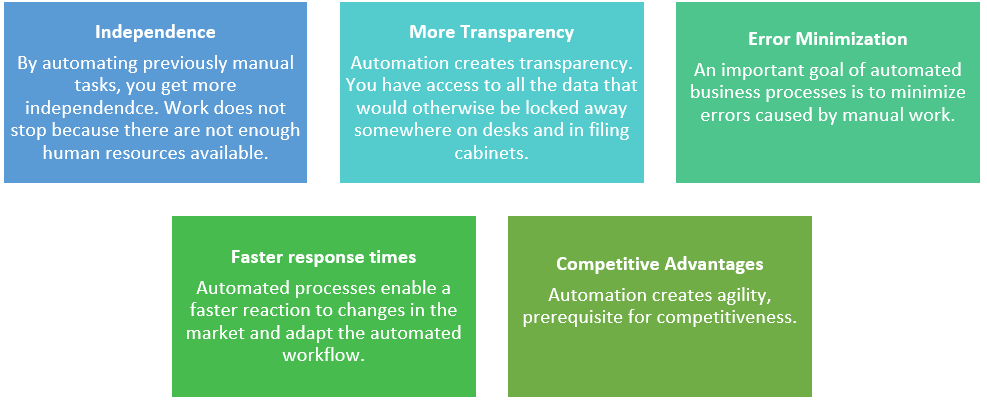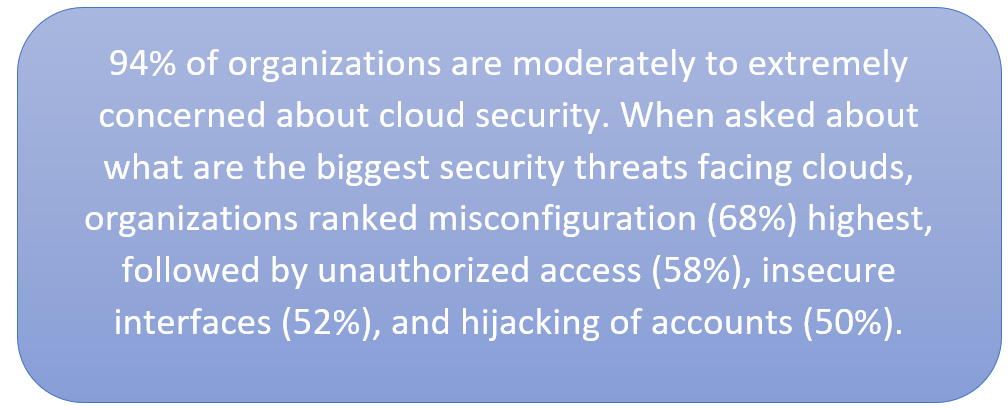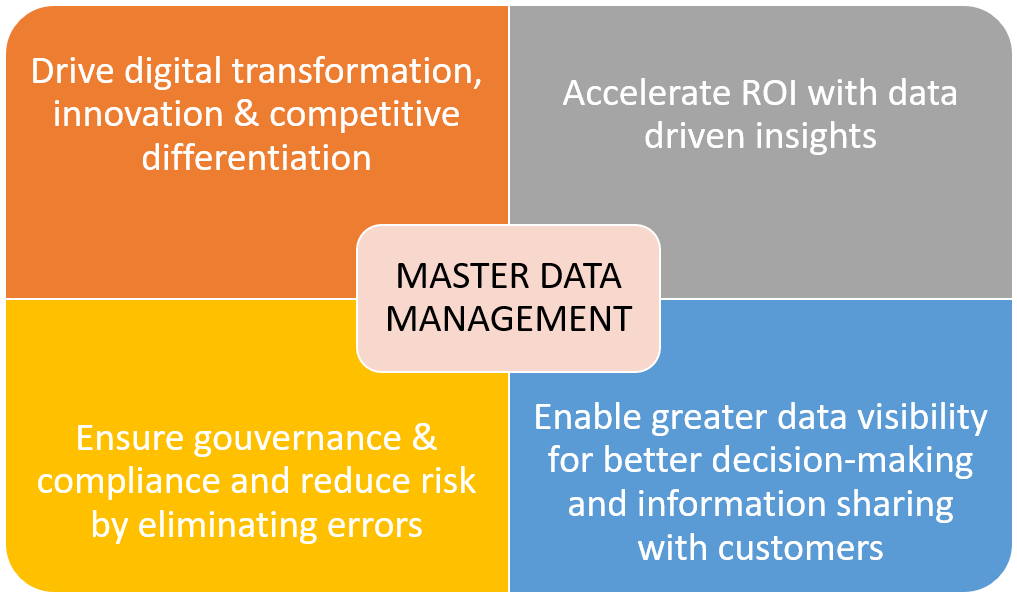Smart analytics: How sales and marketing can drive growth?
Digital technologies, particularly Social, Cloud, Mobile, and Big Data, are transforming the industry and the way companies used to operate. These technologies are creating new business opportunities by launching new services and/or establishing new businesses by optimizing operations, reducing costs, improving services, and/or launching new services along with companies.
Smart analytics, the most hyped term of the past couple of years, is still a catchall term. The ever-increasing amount of data generates enormous challenges, but also generates significant business opportunities for sales and marketing professionals of all sizes of enterprises. You must have noticed that in today’s ever-changing world, unstructured data such as digital photos, videos, and other connected social media activities are growing much faster than structured data so we can say that data processing is no longer the sole domain of relational databases.
Therefore, an entirely new industry has formed around technologies in order to store, sort, organize, and analyze the large volume of data and give business insights. Companies such as Xorlogics helps business to provide them with high-quality software, manage and transform their data, thanks to their deep expertise and leading-edge technologies that they have established in the areas of technology and development.
Ok so enough with the history and technology lessons, let’s talk about what does #BigData & #smartanalytics has to offer and how they can change the field of sales and marketing. Well, in my humble opinion, in terms of needs addressed and core functionality, Big Data can be seen as an evolution of business analytics and can be used in customer relationships better than ever before. A survey by Skytree ran in January confirms that sales and marketing gained the most from Machine Learning and advanced analytics projects. Basically now instead of giving ads in magazines and newspapers, or billboards and reaching out to only a limited local audience, it is time to start thinking outside of the box. Big data and predictive analytics technologies represent the opportunity to turn the tables. In other words, sales and marketing can finally become more about facts, analytics, and math rather than only a magical feeling of rather it’ll work or not.
Here’s how I think Sales and Marketing are gaining profits and new business opportunities by the correct input of Big Data and Analytics.
Customer segmentation:
By using correctly the analytic tools, one can segment the market into granular micro-segments and then offer personalized services and increase effectiveness, efficiency, and satisfaction. Data analytical tools let you personalize marketing and campaigns, promotions and discounts, and customized goods and services. One can even get the prediction and advanced analytics of customers buying behavior at a nearly “personal” level
Social & mobile media real-time data analysis:
Gathering and tracking real-time data from the Web allows adapting and evaluating business strategies and marketing champagnes that respond best to web-based consumers’ behavior and choices. Real-time sales data visualization technologies enable sales managers to adjust battlefields tactics based on live data feeds.
Product cross-selling:
The best opportunity of cross-selling by using all the data that can be known about a customer, including the customer’s demographics, purchase history, preferences, real-time locations, and other facts to increase the average basket size.
Dynamic pricing:
Increasing the level of granularity of data on pricing and sales – Pricing optimization leveraging demand-elasticity models based on analysis of historical sales to derive insights – Assessing and informing pricing decisions in near real-time. – Integrating promotions and pricing seamlessly, whether consumers are online, in-store, or browsing a catalog – Leveraging performance-based pricing plans and risk sharing schemes.
Location-based marketing and sales:
The growing adoption of smartphones and other personal location data-enabled mobile devices to target consumers who are close to stores or already in them and let customers “check-in” in their favorite places. By geo-targeting mobile advertising, companies can create a multichannel experience to drive sales, customer satisfaction, and loyalty and create value from the use of personal location data.
Customer service:
By developing product sensor data analysis for after-sales service, big data can be used to predict purchases, analyze customer behavior and better understand the people buying your product.
In conclusion, I’ll say that it’s true that large enterprises were the first ones to adopt BigData because their need to explore and gain insight from their enormous data is profound in comparison to a small business, however, if you delay a lot, you will be left alone far behind in this high-tech connected world. So more quickly you adapt changes to the tsunami of data and powerful business insights, the better impact your business can get!



